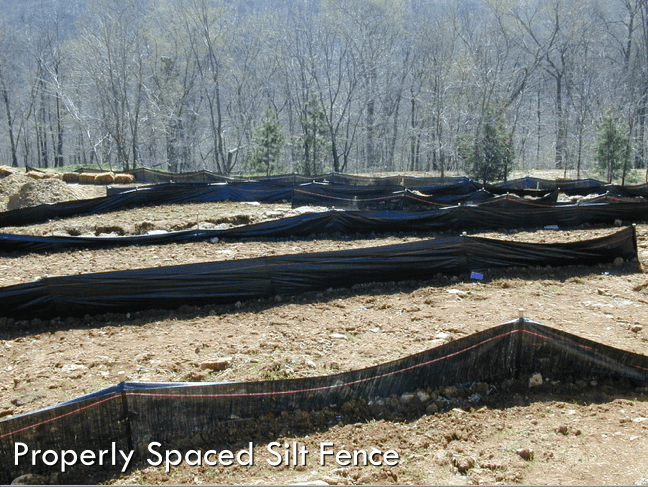Preventing construction erosion
Covering soil during construction reduces erosion and keeps sediment and phosphorus out of our lakes. The Yahara CLEAN Strategic Action Plan for Phosphorus Reduction identifies actions to help reduce the amount of phosphorus entering our lakes. Improving erosion control and enforcement is one of the 14 actions.
Here are several “lake-friendly” construction practices to look for:
Mulch

Mulching scrap wood diverts these materials from landfills and covers soils to help reduce erosion. Dane County found that the cost of renting the mulcher (which separates nails with a magnet) is offset by reduced landfill costs. Plus, contractors like mulch because it reduces the mess!
Compost
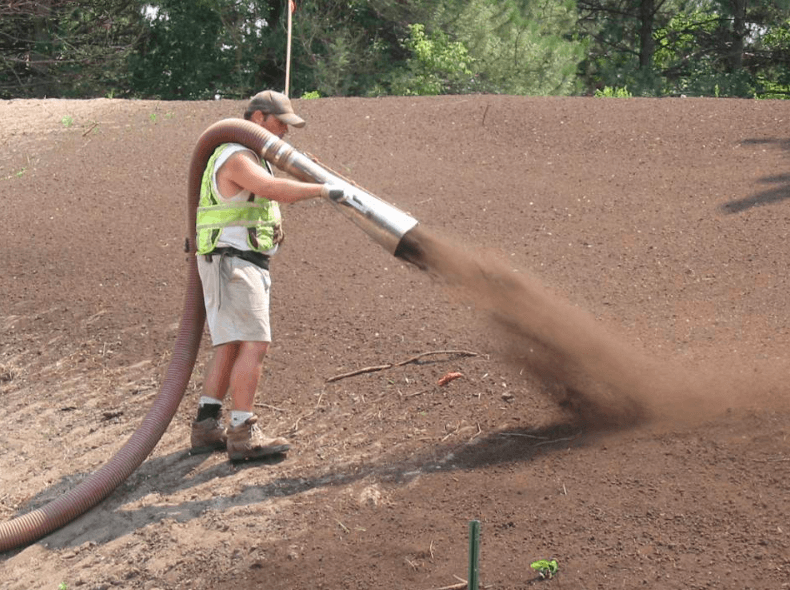
Compost has organic matter that absorbs water and reduces sediment run-off to our lakes. Adding a top layer of compost to a construction site keeps dirt in its place.
Vegetation
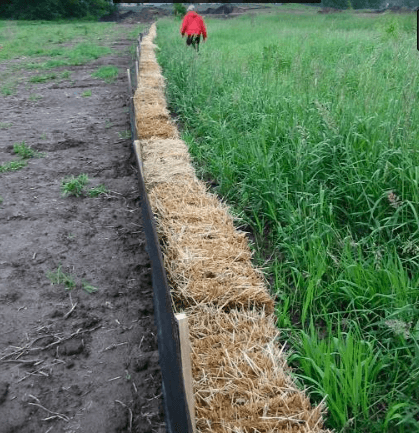
Maintaining existing vegetation reduces soil erosion. The less time that soil is bare, the better. Reseed slopes as soon as possible, or avoid disturbing soil until necessary.
Silt fences
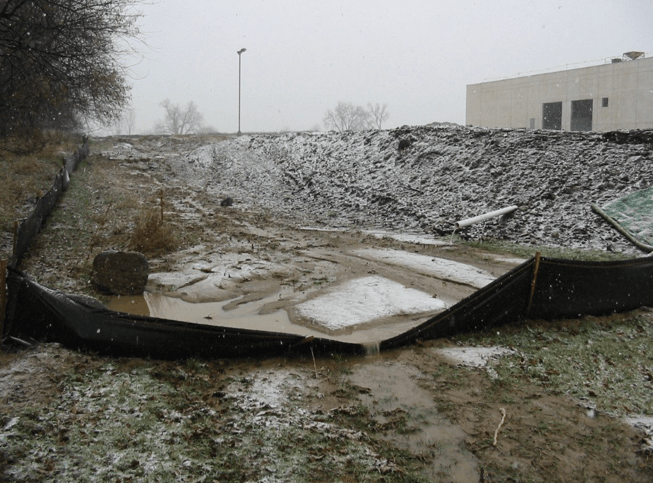
Temporary barriers, such as silt fences, may be used on construction sites. Silt fences prevent sediment from leaving the site. To be effective, silt fences must be properly spaced and maintained, and not used in high traffic areas. Usually, it is more effective to prevent erosion by covering soil first.
Storm Drains
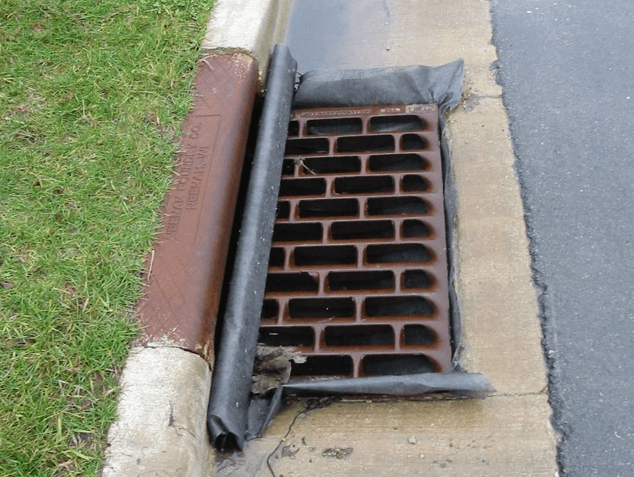
Linings will prevent sediment from leaving a construction site and entering a storm drain. These will keep the sediment from flowing into nearby waterways, which include our lakes. Fabric storm drain linings are a final effort to help control any runoff that bypasses other control structures. Storm drain linings need to be regularly maintained to ensure they are not punctured or clogged.
More resources:
- Dane County Land and Water Resources – Erosion Control & Stormwater Management
- City of Madison Development Services Center – Erosion Control
- City of Madison Engineering – Erosion Control
- Wisconsin Department of Natural Resources – Erosion Control & Storm Water Management Plans
- Clean Lakes Alliance – Ways to help the lakes from your own home

